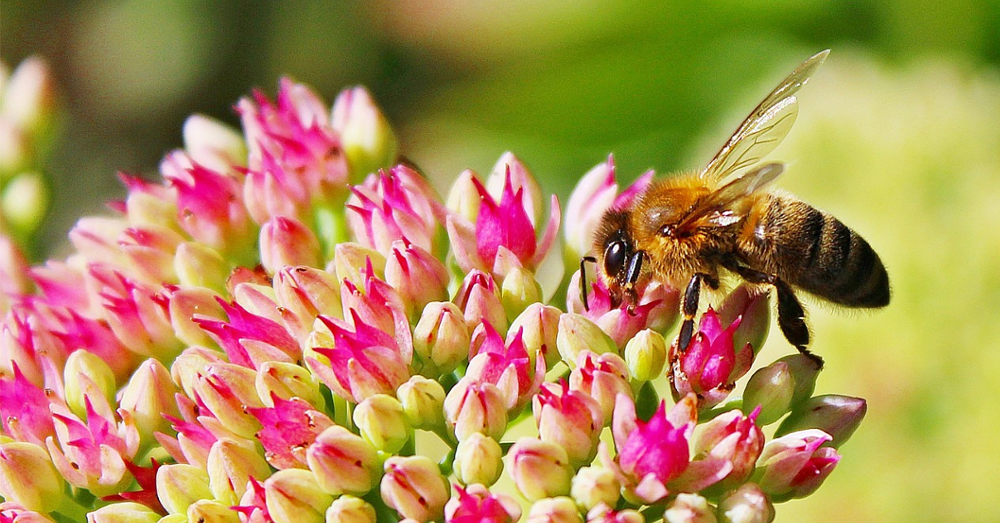
Plants and Pollinators: An Overview
When we observe animals pollinating nearly 90 percent of the plant species found on earth, we are witnessing a process more than 250 million years in the making. Sexual reproduction among plants, from a botanical standpoint, is nothing more than the transfer of pollen grains from a flower’s male anthers to a flower’s female stigmas, enabling fertilization. Once transferred, pollen grains germinate, grow pollen tubes into the plant’s ovaries, and deliver gametes to produce seed and endosperm.
September 1, 2017 | Source: Mother Earth Living | by Xerces Society
Discover the evolution of flowers and bees, while learning how you can bring more diversity and flowers to your garden.
When we observe animals pollinating nearly 90 percent of the plant species found on earth, we are witnessing a process more than 250 million years in the making. Sexual reproduction among plants, from a botanical standpoint, is nothing more than the transfer of pollen grains from a flower’s male anthers to a flower’s female stigmas, enabling fertilization. Once transferred, pollen grains germinate, grow pollen tubes into the plant’s ovaries, and deliver gametes to produce seed and endosperm.
In very primitive plants, this process was carried out by wind or water. Between 245 million and 200 million years ago, however, the first flowering plants arose, with the earliest fossil records containing relatives of today’s magnolias and water lilies. During this prehistoric time frame, flowering plants evolved two major reproductive adaptations: exposed male stamens that bear small, nutrient-rich pollen grains; and enclosed female carpels that protect ovules. These adaptations accelerated plant reproduction (and pollinator diversity), leading to diverse and dominant communities of flowering plants that almost 100 million years ago had spread across the globe.
